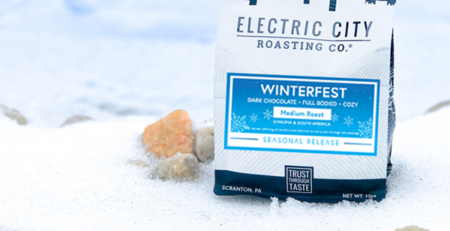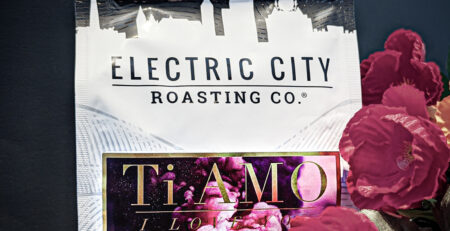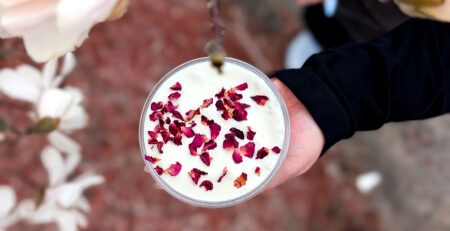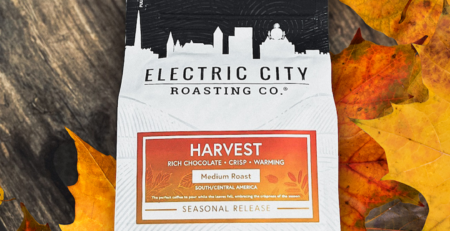Goats and Espresso: The History of Coffee
Coffee is a ubiquitous drink enjoyed by millions of people worldwide, but how did this beloved beverage come to be? In this blog post, we will delve into the rich history of coffee, tracing its roots from ancient Ethiopia to its current status as a specialty drink enjoyed in cafes around the world.
The legend of Kaldi, the Ethiopian goat herder, is often cited as the origin story of coffee. According to the legend, Kaldi noticed that his goats became unusually lively after eating the red berries of a particular shrub. Curious, he tried the berries himself and found that they had a similar effect on him. News of the invigorating effects of the berries spread, and people began to cultivate and consume coffee throughout the Arabian Peninsula.
Arabica coffee, one of the two main species of coffee, is believed to have originated in the highlands of Ethiopia. Arabica coffee is known for its delicate flavors and aromas, and it is still grown in Ethiopia today, along with other countries in Africa, Latin America, and Asia.
Coffee made its way to Europe in the 16th century, and it quickly became a popular drink among the aristocracy. Coffeehouses sprung up in cities throughout Europe, where people gathered to socialize and exchange ideas. Coffee became so popular that some governments tried to ban it, fearing that it would lead to political dissent.
The process of roasting coffee beans was not widely practiced until the 19th century. Initially, coffee was roasted over an open fire or in a pan, resulting in inconsistent flavor and aroma. As technology improved, roasting machines were developed, and coffee roasting became more precise. Today, coffee beans are roasted to different degrees, resulting in a range of flavors and aromas.
Light-roast coffee is roasted for a shorter time and at a lower temperature than medium-roast or dark-roast coffee. Light-roast coffee has a lighter color, higher acidity, and more delicate flavors and aromas. Medium-roast coffee (the typical standard for specialty coffee) is roasted for a slightly longer time than light-roast coffee, resulting in a slightly darker color and a more balanced flavor profile. Dark-roast coffee is roasted for the longest time and at the highest temperature, resulting in a dark color and bold, smoky flavors.
Espresso, a concentrated coffee beverage made by forcing hot water through finely ground coffee beans, was developed in Italy in the early 20th century. Traditionally, coffee used for espresso was roasted to a dark profile to aid in extraction. Espresso is brewed using a machine called an espresso machine, which forces hot water through the coffee at high pressure, resulting in a strong, concentrated, and flavorful drink.
Specialty coffee, a term used to describe high-quality coffee that is carefully sourced, roasted, and brewed, has become increasingly popular in recent years. Specialty coffee is often made using single-origin beans (often times combined into a blend), which are grown in a specific region and have distinct flavors and aromas. Specialty coffee shops often employ skilled baristas who are trained to make a range of drinks, including espresso based beverages, pour-over coffee, and other coffee/non-coffee drinks.
In conclusion, the history of coffee is a long and fascinating one, spanning many different cultures over several centuries. From its origins in ancient Ethiopia to its current status as a beloved specialty drink, coffee has captured the hearts and minds of people around the world. Whether you prefer a light-roast coffee brewed at home or a specialty drink made by a skilled barista, coffee has something to offer everyone.











